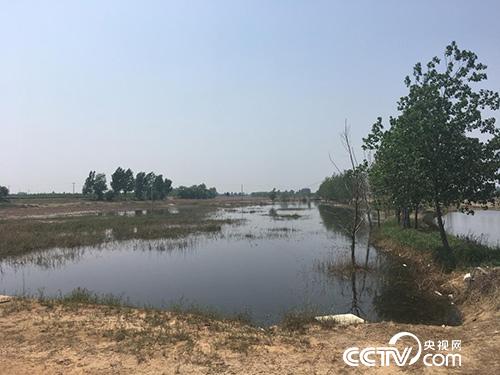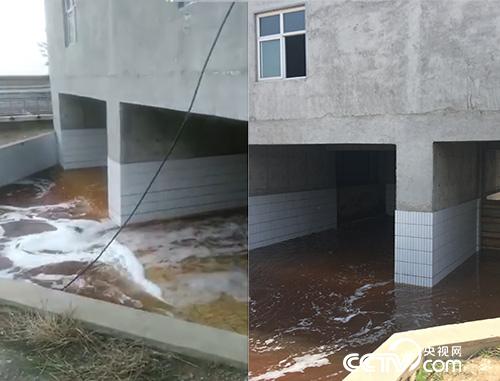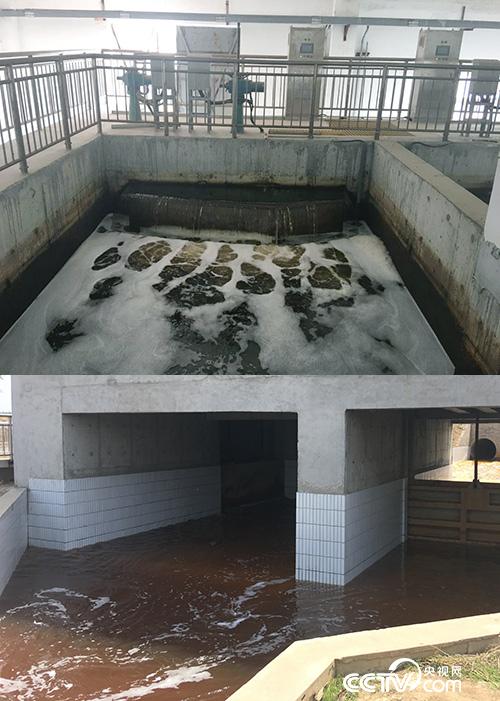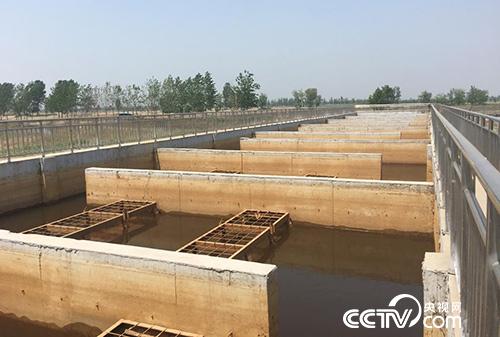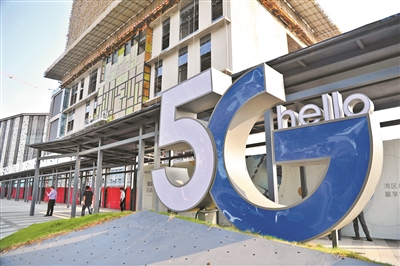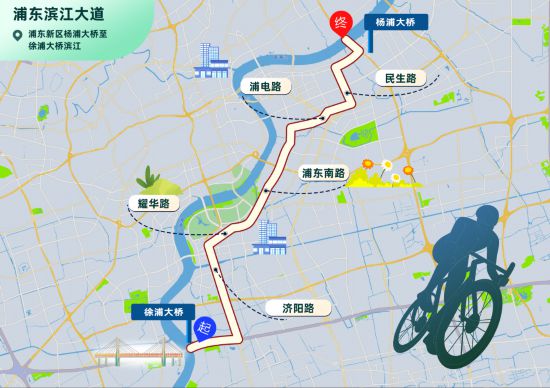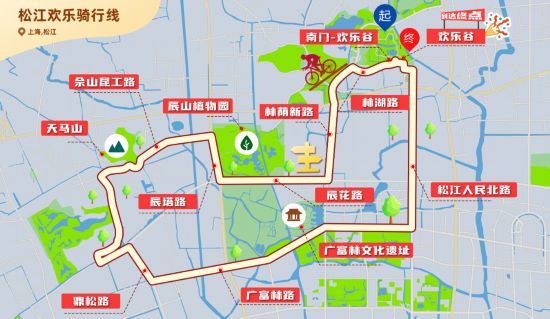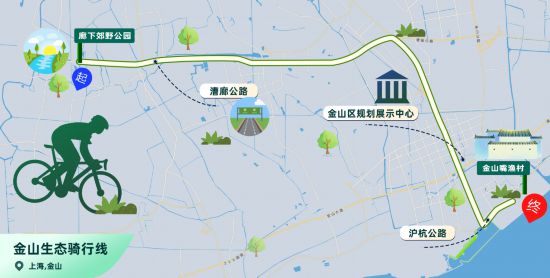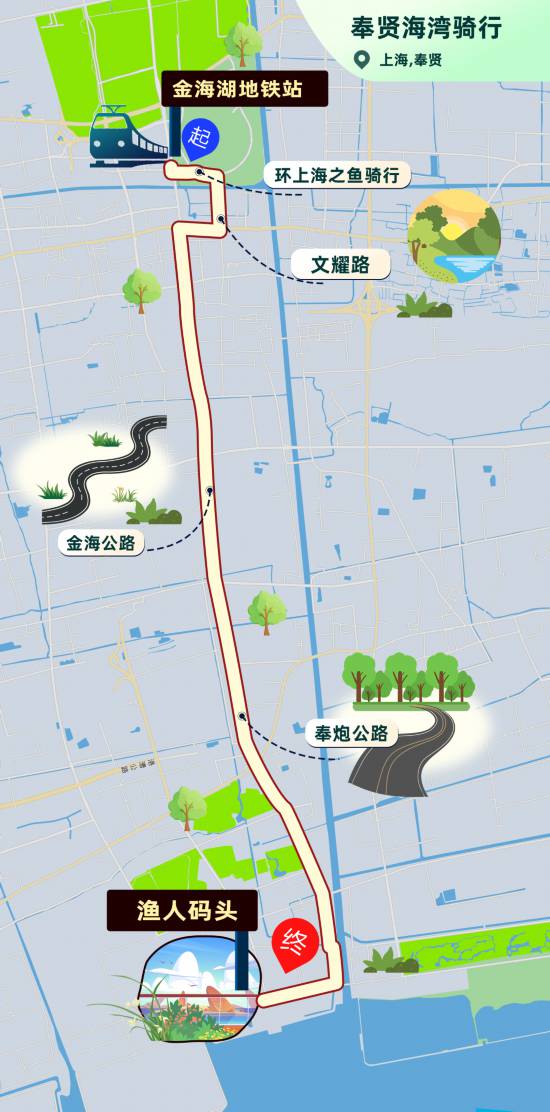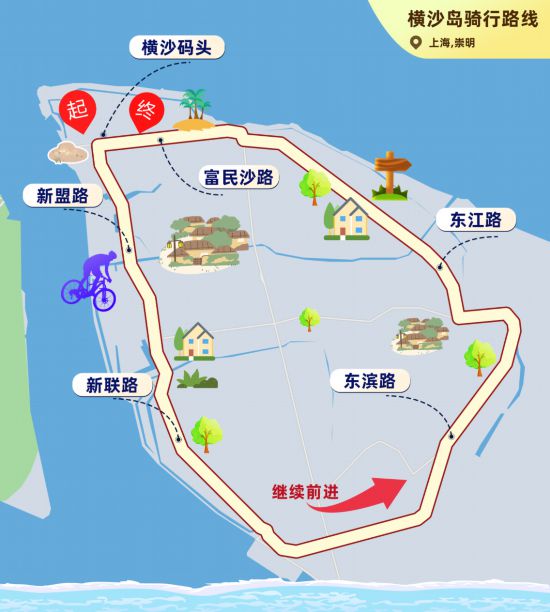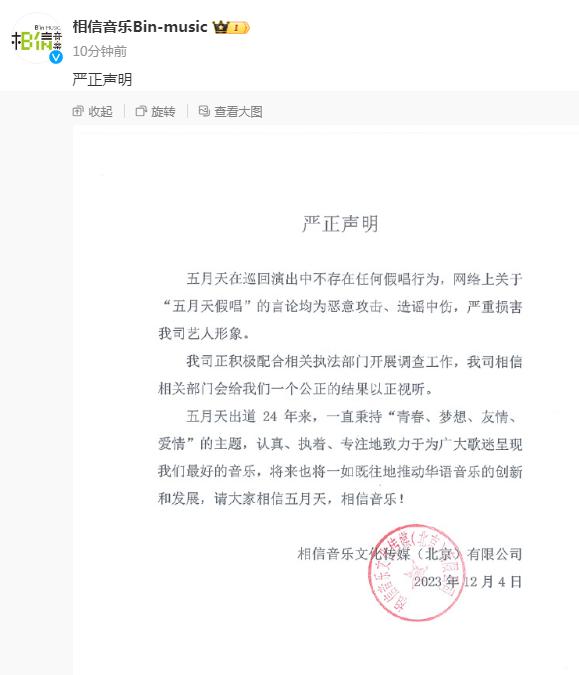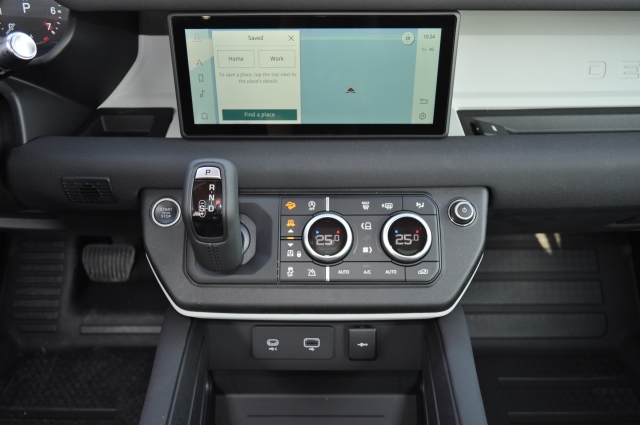[Editor’s note]
Zhu Jieren, the 29th descendant of Zhu Xi, is a tenured professor at the Institute of Ancient Books of East China Normal University, and concurrently holds the post of President of Shanghai Confucianism Research Association. He was the president of East China Normal University Press. He has been engaged in the study of China’s classical philology, Confucian classics and Zhuzi for a long time. He is the editor-in-chief of Zhuzi Quanshu, Zhuzi Quanshu External Compilation, Zhuzi’s Works in Song Dynasty and Zhuzi’s Works in Yuan and Ming Dynasties.
On April 20th, Professor Zhu gave a special lecture entitled "Zhu Xi in the traditional culture" in the store of Wukang Building, Dayin Bookstore. He used Zhu Xi’s famous sentences and two portraits as a wedge to reveal Zhu Xi’s multiple identities. At the same time, it is pointed out that Zhu Xi’s greatest historical contribution lies in his being a master of orthodoxy who keeps pace with Confucius. By simplifying and post-classicalizing Confucian classics, establishing a conscious philosophy system, reconstructing a complete system of Confucian etiquette system, supplementing Confucian cosmology and theory of mind, and creating a self-contained discourse system, Zhu Zi completed the great cause of transforming Confucianism and constructing Neo-Confucianism. In view of this, it is of great significance to pay attention to and study Zhu Xi’s studies in the tide of traditional cultural fever. The Paper was authorized by the organizer East China Normal University Press to release the lecture contents.
For the source of living water: Zhu Xi’s philosophical poems
As far as the academic circle is concerned, after the reform and opening up, Zhu Xi’s study became hot and became a prominent study all over the world. But unfortunately, among the general public, I don’t know anything about Zhu Xi at all. I call him Zhu Zi here, because he is my ancestor, and I can’t call him by his first name. This is the culture of Chinese. But I know that when I talk about Zhu Xi, many people don’t know who he is. Even when I talk about Zhu Xi, many people don’t know who he is. This is a great contrast between the academic circles and the people. I want to shorten this contrast through my lecture today, so that everyone can understand Zhu Xi and how important his position is in China traditional culture, and make everyone interested in reading some Zhu Xi’s books. I think my goal has been achieved.
On April 1st, People’s Daily had a very important signed article entitled "Come for Living Water with a Source". This sentence came from Zhu Xi’s "Feeling from Reading Books". This poem is very famous and consists of two poems. The first one is "Half an acre of square pond is opened, and the sky and clouds wander together. How can the canal be so clear?" Because there is a source of living water. " The second song is "last night, the river was full of spring water, and the huge ship was light." It’s always been a waste of time, and it’s a free day. " Everyone must think that this is a poem describing the scenery, describing a pond and describing the scene of spring water rising. In fact, this poem came into being because Zhu Xi made a great breakthrough in theory when he was carrying out philosophical thinking and theoretical exploration. He suddenly solved this theoretical problem, so he was very happy and wrote these two poems. The first song tells us why he can break through. Because when he is studying this problem, he always feels that he can’t go on. Later, he listened to what the teacher told him, sat down quietly and honestly to read the works of "Er Cheng" from the beginning again. After reading it, he felt that the source was flowing, and he understood and read it clearly, and the problem was solved. What is the next song about? He said that when I didn’t solve this problem, like a boat stranded in the river, I couldn’t push the boat, but once the source of living water came, like spring water on the river, the boat naturally floated up. Don’t push it, it can swim freely in the middle stream.

So this is not a poem about scenery, but a philosophical poem. Give another song: "Last night, when the boat was raining, how was the stormy night over the river?" Look at the test paper alone today? There are still many green mountains and green waters. " This is Zhu Xi’s "Two Sailing in Shuikou". What does this first song tell us? That is to say, there was a lot of wind and waves last night, so I couldn’t sail. I had to stop and it was stormy all night. But today, when I walked out of the cabin, I still saw green mountains and trees. The wind and rain will always pass, and after the wind and rain, it will be green mountains and green waters.
There is another poem that most people may not know, but I have a special liking for it. I think reading this poem will teach us how to treat these setbacks when we encounter difficulties. "There is spring everywhere in the world". There is no place in this world without spring. Don’t look at the world so terrible and dark. "Has the road ever been sleepy?" Which road in the world is to trap people? There’s a way to get through. "If you are tired of this, you don’t know where to live." Where else can you find a place to live?
Zhu Xi is a poet, and my evaluation of his philosophical poems is unprecedented. So far, I haven’t seen the second person’s philosophical poems written better than Zhu Xi’s. He speaks truth, but he doesn’t preach a word. He naturally reveals the truth completely in writing scenery and feelings. This is Zhu Xi’s brilliant place.
The posture of elk and the nature of the forest: a portrait of Zhu Xi
Although Zhu Zi is a poet, he is mainly a philosopher, thinker, philosopher, educator and scholar. The so-called scholar, China’s Confucian classics, knows everything, including astronomy and geography. He is also a calligrapher. His calligraphy has a very unique style. He is also a musician, who plays the guqin well and can compose music. At the same time, he is also a painter and a natural scientist. He has made many discoveries in natural science. For example, he was the first person to find fossils in the world, as stated in Joseph Needham’s History of Science and Technology in China. Hu Shi said that Zhu Xi discovered fossils 500 years earlier than western scientists. In addition, according to Korean scholars’ research, double-cropping rice was also planted by Zhu Xi for the first time. Zhu Xi also has his own algorithm for Pythagorean theorem. He is a very powerful person.
This is Zhu Xi’s own painting of himself, which is called portrait in the mirror. This is Zhu Xi’s image. There are about hundreds of images handed down by Zhu Xi now, but none of them are related to him. Zhu Xi has a definition of himself. In those days, there was a painter named Guo Gongchen, who was a famous painter and made two paintings for Zhu Xi. Zhu Xi praised him very much, so Zhu Xi wrote two articles, which means that painting is either similar in spirit or similar in shape, and there are too few painters who can do both. But Guo Gongchen’s painting was done. He drew two small figures for me, and drew my graceful posture of elk and the nature of the forest. He drew my spiritual temperament. What is my spiritual temperament? Elk is the elk and deer in the wild. The nature of the forest is that I am a savage in the mountains, a folk, like elk and deer scattered in nature.
Confucius in ancient times and Zhuzi in recent times: Zhuzi’s contribution to China culture.
Next, I will talk about Zhu Xi’s contribution to China culture. Intellectuals in the Song Dynasty are very different from those in previous dynasties. They have a very strong sense of cultural consciousness, which is based on their confidence in their own traditions, mainly Confucian traditions. The Song Dynasty was founded after the chaos in the late Tang Dynasty and the Five Dynasties and Ten Kingdoms, when Zhao Kuangyin unified the whole country. During such a long historical period, the Confucian tradition was destroyed, and Buddhism took advantage of it and quickly occupied Chinese’s ideological and spiritual position. This situation has just contributed to some responsible intellectuals in the Song Dynasty. They want to come out to defend and preach the Confucian way, and they have such a sense of mission. Judging from several cultural movements in the Northern Song Dynasty, we all have something to do with such a sense of mission. It was not until the Northern Song Dynasty that the "Five Sons of the Northern Song Dynasty" appeared, including Zhou Dunyi, Shao Yong, Zhang Zai, Cheng Hao and Cheng Yi, but it was Zhu Zi who really completed the transformation of Confucianism and the construction of Neo-Confucianism. Qian Mu had such an evaluation of Zhu Xi’s contribution in history. He said that in the history of China, there were Confucius in ancient times and Zhuzi in recent times. These two men made a great sound and light in the history of academic thought in China and the history of culture in China, leaving a great influence. Looking at the whole history of China, it can be said that no third person can compare with them. Because Confucius is the culmination of ancient academic thoughts and initiated Confucianism, he is the pioneer. In the Northern Song Dynasty, Neo-Confucianism rose, and in the Southern Song Dynasty, Zhu Xi rose, which not only summed up Neo-Confucianism in the Northern Song Dynasty, but also all the academic works below Confucius.These two people, both of them can absorb the crowd flow and return to one trend. It was only after Zhuzi and Confucius that Confucianism got a new upgrade and gave full play to its new spirit.
Mr. Qian Mu further said, what is the main historical mission of Confucianism from the Confucius era to modern Confucianism? It is to cultivate one’s morality, keep one’s family in order, govern the country and level the world, which is the problem to be solved by Confucianism. However, they paid little attention to the original nature. After Wei and Jin Dynasties, Zhuang Laodao’s family flourished and Buddhism was introduced. They seemed to surpass Confucianism in these two aspects. In addition, regarding cosmology, Confucianism has not been solved. The second is about the theory of mind and nature, especially after the prevalence of Zen in the Tang Dynasty. Everyone has to look for answers to questions about life in Buddhism, and Confucianism has not provided answers for everyone. What is the origin of the universe and the origin of human nature? These two very important questions have not been solved by Confucianism. Confucius said, "If you don’t know how to live, you will know how to die." He also said, "I don’t talk about Machamp." He didn’t study this problem. But everyone will face death. If this problem is not solved, he can’t find a final destination. But Buddhism came in, and he told you that people are reincarnated, there is heaven and there is hell, so Buddhism soon occupied China’s ideological position.

Therefore, Qian Mu said that the study of the two origins-the origin of the universe and the origin of human nature, because of the lack of explanation by primitive Confucianism, left room for religion and foreign culture to block Confucianism and occupy local culture. Zhu Ziji’s masterpiece of Confucianism, the masterpiece of Neo-Confucianism in the Northern Song Dynasty and the masterpiece of advanced culture in the times, has built a brand-new theoretical system of Neo-Confucianism, which has responded well to the challenges of the times and given Confucianism new vitality.
In the era of Zhu Xi, the biggest challenge facing Confucianism was Buddhism. As a foreign culture, Buddhism was Confucianism after the transformation of intellectuals in China in Wei, Jin and Tang Dynasties, and it was basically localized in the Song Dynasty. It is precisely because of the success of the localization transformation of Buddhism that its spread is even more powerful, and it has captured almost all fields of Confucianism. We look at the Five Scholars in Northern Song Dynasty. Except for "Er Cheng", the academic thoughts of the other three scholars are all mixed with Buddhist thoughts. Under such a social ideological trend, it takes great courage and ability to defend the purity of Confucianism and innovate its theory.
Zhu Xi first constructed the theory of "orthodoxy", and the so-called "orthodoxy" refers to the Confucian thought and spiritual and cultural traditions. Recognizing "orthodoxy" means acknowledging one’s own cultural tradition, which is a kind of cultural self-confidence. Inheriting "orthodoxy" means inheriting one’s own cultural tradition, which is a kind of cultural consciousness. Cultural self-confidence and cultural consciousness are the core of Zhu Xi’s theory of "orthodoxy". The significance of Zhu Zi’s orthodoxy lies not only in his use of this concept to refer to the Confucian tradition; More importantly, he successfully constructed a pedigree of Confucian inheritance. The successful construction of this pedigree ensures the independence and purity of Confucianism, and excludes the erosion and interference of Buddhism, Taoism and other religions on Confucianism. The direct opposite of orthodoxy is the invasion of heterogeneous culture and the blocking of local culture.
Because of Zhu Xi’s successful transformation and reconstruction of Confucianism, Confucianism has been able to break a new path surrounded by Buddhism and Taoism and continue to be passed down for more than 800 years until today. Why do I say Zhu Xi in traditional culture? Because I want to tell you that the Confucianism we are talking about today is not the original Confucianism of Confucius, but the Confucianism after Zhu Xi’s reinterpretation and transformation.
Simplification and post-classicalization of classics: how Zhu Xi transformed Confucianism
How did Zhu Xi transform Confucianism? I think the first thing he did was to reform the cumbersome and complicated disadvantages of Confucianism and do a classic simplification and post-classicalization work. Why did China’s Confucianism gradually become marginalized? Occupied by Buddhism? In addition to the power of Buddhism itself, there is another reason, that is, our Confucianism itself has problems. Everyone knows the Annotations to Thirteen Classics, which is so thick that you can’t finish reading it all your life. It’s too complicated. Therefore, Zhu Zi made a simplification and simplified it into "Four Books", "University", "The Analects of Confucius", "Mencius" and "The Doctrine of the Mean". In 1182, he annotated these four books, and then published them as "Notes on Four Books", which even became the basic textbook and standard answer of the imperial examination after the Yuan Dynasty. There is also a book "The Records of Recent Thoughts", which is an introductory reading of Neo-Confucianism. This book is highly valued by Zhu Zi, because he thinks that the "Four Books" are the steps to enter the "Five Classics", and how to enter the "Four Books"? By reading the recent thoughts. Therefore, he said that I compiled this book just to provide a reader for people who have no conditions at home, or who don’t have good teachers in the countryside and don’t know how to study Confucianism and Neo-Confucianism. You will probably enter the threshold of Neo-Confucianism after reading Recent Thoughts, and these two books will become new classics of Confucianism. This is the first, he simplified the classics.
Secondly, it constructs a conscious philosophical system. Mr. Chen Lai, the president of Tsinghua University National University, wrote A Study of Zhu Xi’s Philosophy, and he summarized Zhu Xi’s philosophy into the theory of regulating qi, the theory of mind and nature, and the theory of understanding things. Chen Lai didn’t talk about ontology, theory of human nature, epistemology and so on according to the discussion of western philosophy, but Mr. Chen Lai’s three theories completely covered all categories of western philosophy. Therefore, Zhu Xi’s philosophy is completely independent, and there is no way to frame it with western philosophy and systems. Conversely, western philosophy cannot cover Zhu Xi’s philosophy, and his philosophy also includes his social philosophy, educational philosophy, historical philosophy and artistic philosophy, which can be described as profound.
Thirdly, Zhu Xi rebuilt a complete and systematic Confucian etiquette system, which is very important. This ceremony should not be simply understood as a polite ceremony. Ceremony is a unique cultural phenomenon in Chinese. Chinese values ceremony, follows ceremony and respects ceremony. However, from the end of the Tang Dynasty to the Song Dynasty, due to frequent wars, the ceremony was seriously damaged. Song established a set of ritual system, but after the demise of the Northern Song Dynasty, by the Southern Song Dynasty, ritual was almost lost. Therefore, Zhu Xi began to study ancient rituals and re-established a complete set of rituals for the country, from the national rituals to the local rituals of each county and state, to the rituals of the common people.
There is an old saying in China that courtesy is no less than that of Shu Ren, that is, courtesy only applies to people above the literati class. So does it mean that the scholar-officials are polite, but ordinary people can not be polite? No, it just doesn’t need to be so particular. Because the ritual system in China is very complicated, you should have at least the economic ability to speak about the ritual system, at least the ancestral temple, tools and clothes for sacrifice, etc., so for the people, because the productivity level was very low at that time, the people’s economic ability could not do these things, so they didn’t ask for such things. But it was different in the Song Dynasty. With the social and economic development in the Song Dynasty, the people already had such economic ability, so Zhu Xi also established a ceremony for the people. He wrote a book called "Family Ceremony".
Fourthly, Zhu Xi filled the gap between cosmology and mind theory for Confucianism. Confucius’ Confucianism focuses on self-cultivation, keeping the family in order, governing the country and calming the world. He has not had time to integrate his theory into the study of the origin of the universe and human nature. Confucianism after Confucius, such as Mencius, has already involved the theory of mind and nature, but it has not formed a systematic and complete theory. At this time, in response to the challenge of Buddhism, Zhu Xi actively and comprehensively responded to these two original problems, and built a self-contained theory of Taiji, Qi and Mind, which filled the two shortcomings of primitive Confucianism. This is the most important theoretical innovation in the history of Confucianism.
Fifth, Zhu Xi constructed a discourse system, which is an important manifestation of cultural self-confidence and cultural consciousness. If a nation, a country, an academic and a set of theories do not have an independent and systematic discourse system, it indicates that they are not mature. The Chinese nation has had its own discourse system since ancient times, and China Confucianism has formed its own discourse system in the long-term development and dissemination process. However, after the Tang and Song Dynasties, due to the influence of Buddhism and Taoism, the discourse system of Confucianism was seriously eroded. More importantly, due to the invasion of Buddhism, problems in many fields have gone beyond the original scope of primitive Confucianism, and the discourse system of Confucianism has gradually shown an embarrassing state, and there is no way to discuss it with Buddhism. Zhu Xi has effectively established a brand-new discourse system that can cope with new problems and challenges. For example, he said infinite Tai Chi, different principles, the nature of destiny, the nature of temperament, the respect for poor principles, the understanding of things and so on. Zhu Xi’s discourse system covered all aspects of philosophy, scholarship, life, society, politics and life at that time, which made it possible for Confucianism to meet various challenges and created conditions for the further development and research of Confucianism.
To this day, the discourse system he founded is still a challenge for us to deal with western academics, including western philosophy, politics, psychology and pedagogy. I work and teach in a university. I know that the discourse system in the university is completely western now, and pedagogy is also completely western, not to mention psychology, and so is political science. However, I think that the discourse system created by Zhu Xi can completely meet the challenge of the western discourse system and talk to the west on an equal footing. "Philosophy" itself is a foreign word, borrowed from Japan. We have Neo-Confucianism and Confucianism in China, and its connotation can’t be fully covered by western philosophy. Therefore, it is of great significance to activate and develop the discourse system of Neo-Confucianism formed since Zhu Xi’s time to spread Confucianism internationally and enhance Chinese’s cultural self-confidence and consciousness.
Zhu Zi is a master. He not only integrates the achievements of Confucianism, but also absorbs and transforms the advanced connotations and elements in Buddhism and Taoism. Buddhism is a foreign culture. Zhu Zi was a devout Buddhist in his early years. He wrote an article when he took an examination of people, which was written in full accordance with the Buddhist principles told him by a monk and won the first place. He knows all about Buddhist classics and Taoist classics. He also set up a room at home to draw an alchemist and wrote many Taoist poems. However, after his teacher Li Dong instructed him that you were going the wrong way, he sat down to study Confucian classics. We called this section "Escape from Buddhism to Confucianism" and came back to our traditional culture. So why do I say that Zhu Xi has the ability to build his system and talk to Buddhism? Because he knows Buddhism like the back of his hand. Therefore, he also absorbed the advanced elements of Buddhism, the best example of which is his absorption of the dialectical thinking mode of Buddhism, and thus formed a new thinking mode of Neo-Confucianism-speculation.
(This article is excerpted from the on-site shorthand manuscript provided by the organizer and has not been approved by the speaker. The subtitle was added by the editor. )
